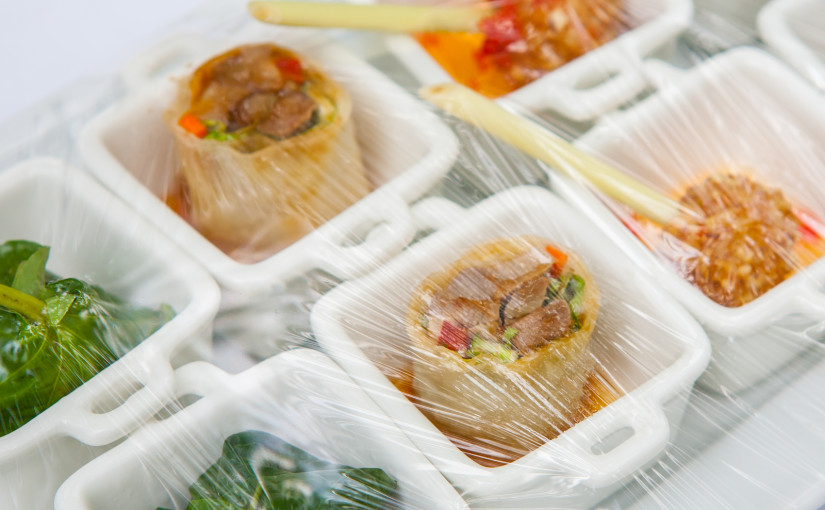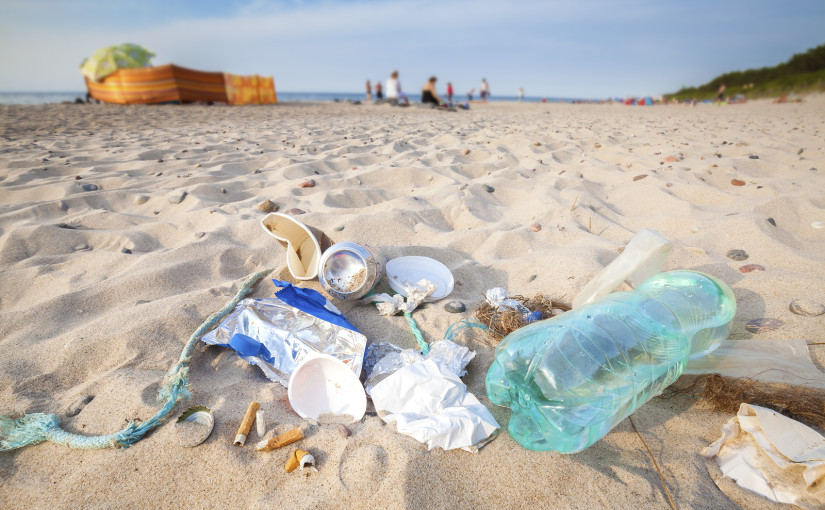Cling film – or plastic wrap, as it is known elsewhere in the world – is a thin plastic film which clings to itself or other smooth surfaces, meaning it can handily cover food without the need for any extra devices or fasteners. Cling film can be made from a variety of plastics, however the original and most popular material is polyvinyl chloride (PVC). Not only is there talk of this plastic being harmful to human health, it is also a single-use product, meaning it is ending up in landfill and in our oceans where it is causing harm to the environment and nature.
What is the threat to human health?
Plastic is made up of chemicals, and there has long been concern surrounding the leaching of these chemicals into the natural environment, and transference of them into our food and drink. This worry has led to the recent popularity of ‘BPA-free’ plastics for food and drink storage. However, the main problem with cling film occurs when it is heated up:

